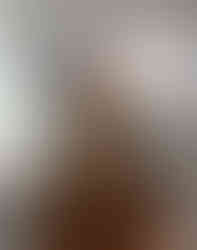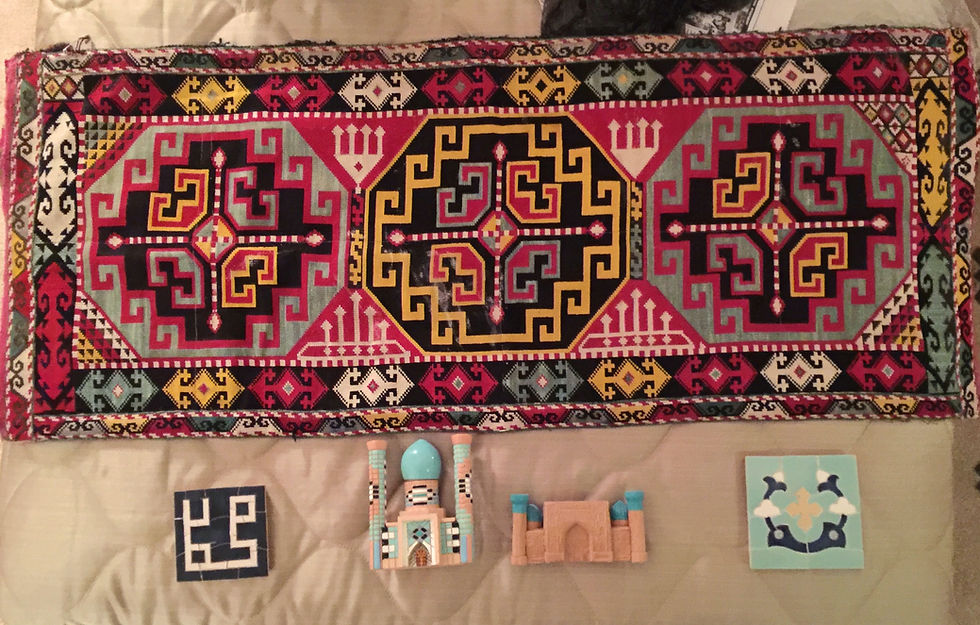Philadelphia - November 2015
- Brian Belmont

- May 1, 2020
- 5 min read
Updated: May 16, 2020
November 25, 2015

For Thanksgiving, I visited Scott's brother and his family. The live near to Philadelphia, Pennsylvania. Aa it is rich with the history of The United States of America, my home country, I had to stop in this historic district and reconnect with it.
I've e been to Philadelphia before. I was a child of 9 years old and the year was 1976, the 200th anniversary of our Declaration of Independence. It was quite a spectacle, as I remember but it's been so very long ago.
My first travel souvenir was a Liberty Bell miniature which now is among my many treasures from all over the world.
I easily was able to find my way to old Philadelphia and parking was cheap ($7/hr). Driving passes Independence Hall, it was exciting to see it. My country's basis of existence, was penned here.
The day was sunny and in the mid 50s. If you were in the sun, it was glorious for a November day.
Reaching the open park in front of Independence Hall, the sun was behind the behind the building and illuminating it with a glow.
For those of you who don't know -
Independence Hall is the birthplace of America. The Declaration of Independence and U.S. Constitution were both debated and signed inside this building. The legacy of the nation's founding documents - universal principles of freedom and democracy - has influenced lawmakers around the world and distinguished Independence Hall as a UNESCO World Heritage Site.
Construction on the building started in 1732. Built to the Pennsylvania State House, the building originally housed all three branches of Pennsylvania's colonial government. The Pennsylvania legislature loaned their Assembly Room out for the meetings of the Second Continental Congress and later, the Constitutional Convention. Here, George Washington was appointed Commander in Chief of the Continental Army in 1775, the Articles of Confederation were adopted in 1781, and Benjamin Franklin gazed upon the "Rising Sun" chair in 1787.
The Liberty Bell -
The State House bell, now known as the Liberty Bell, rang in the tower of the Pennsylvania State House. Today, we call that building Independence Hall. Speaker of the Pennsylvania Assembly Isaac Norris first ordered a bell for the bell tower in 1751 from the Whitechapel Foundry in London. That bell cracked on the first test ring. Local metalworkers John Pass and John Stow melted down that bell and cast a new one right here in Philadelphia. It's this bell that would ring to call lawmakers to their meetings and the townspeople together to hear the reading of the news. It's not until the 1830's that the old State House bell would begin to take on significance as a symbol of liberty.
No one recorded when or why the Liberty Bell first cracked, but the most likely explanation is that a narrow split developed in the early 1840's after nearly 90 years of hard use. In 1846, when the city decided to repair the bell prior to George Washington's birthday holiday (February 23), metal workers widened the thin crack to prevent its farther spread and restore the tone of the bell using a technique called "stop drilling". The wide "crack" in the Liberty Bell is actually the repair job! Look carefully and you'll see over 40 drill bit marks in that wide "crack". But, the repair was not successful.
The Public Ledger newspaper reported that the repair failed when another fissure developed. This second crack, running from the abbreviation for "Philadelphia" up through the word "Liberty", silenced the bell forever. No one living today has heard the bell ring freely with its clapper, but computer modeling provides some clues into the sound of the Liberty Bell.
The Liberty Bell's inscription is from Leviticus 25:10: "Proclaim Liberty Throughout All the Land Unto All the Inhabitants thereof." This Old Testament verse refers to the "Jubilee", or the instructions to the Israelites to return property and free slaves every 50 years. Speaker of the Pennsylvania Assembly Isaac Norris chose this inscription for the State House bell in 1751, possibly to commemorate the 50th anniversary of William Penn's 1701 Charter of Privileges which granted religious liberties and political self-government to the people of Pennsylvania.
The two lines of text around the top of the bell include the inscription of liberty, and information about who ordered the bell (Pennsylvania Assembly) and why (to go in their State House):
Proclaim LIBERTY throughout all the Land unto all the Inhabitants thereof Lev. XXV X
By Order of the ASSEMBLY of the Province of PENSYLVANIA [sic] for the State House in Philada
The information on the face of the bell tells us who cast the bell (John Pass and John Stow), where (Philadelphia) and when (1753):
Pass and Stow
Philada
MDCCLIII

The bell weighed 2,080 lbs. at order. It is made of bronze. It's 70% copper, 25% tin and contains small amounts of lead, gold, arsenic, silver, and zinc. The bell's wooden yoke is American elm, but there is no proof that it is the original yoke for this bell. While there is evidence that the bell rang to mark the Stamp Act tax and its repeal, there is no evidence that the bell rang on July 4 or 8, 1776.
There were visitors riding in horse drawn carriages, taking pictures of the building while passing by, we weren't allowed to cross the street in front the hall, not sure why. I walked to the end of the block where you can go in, I asked to visit the hall and was told that I had to go back to the National Park visitor center for a free ticket. He sued that the visits were every 20 minutes. It would have been nice to know that when I started my visit as I bought a cool shirt and a miniature of Independence Hall.
Anyway, I went back, got my ticket and was told that the next tour time was 4pm, 2 1/2 hours later. This was quite disappointing as I could not wait until then.
I did visit the exhibit showcasing the history of the bell and finally the Liberty Bell. It was actually very moving to have it in front of me, The many important historical objects that I have viewed around the world, that shaped those countries, is staggering, Here I stood in front of suck an item for the U.S. I thought about its role in our history, the legend, and the reality. The legend may be more romantic than the reality but it cannot be disputed that it is an American symbol of our Freedom,
I was in awe, even seeing it for a second time. Maybe I appreciate it more as I've seen others symbols and can now take a fresh look.
It was time to go but I was so glad that I took the time to visit historic Philadelphia. It feel a bit different...maybe more American.?








































Comments